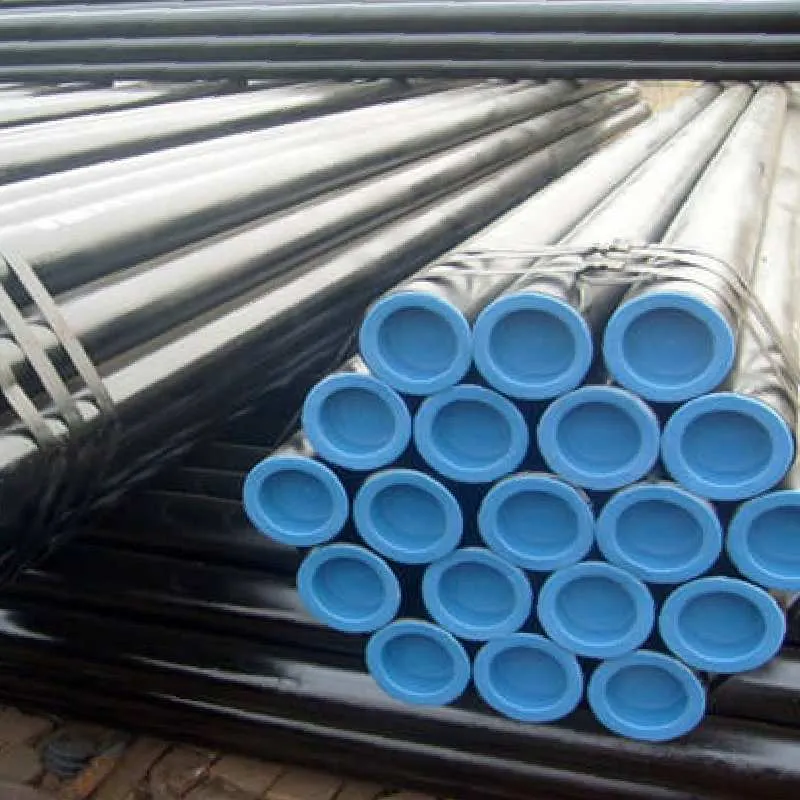-
Cangzhou Yulong Steel Co., Ltd.
-
Phone:
+86 13303177267 -
Email:
admin@ylsteelfittings.com
- English
- Arabic
- Italian
- Spanish
- Portuguese
- German
- kazakh
- Persian
- Greek
- French
- Russian
- Polish
- Thai
- Indonesian
- Vietnamese
- Zulu
- Korean
- Uzbek
- Hindi
- Serbian
- Malay
- Ukrainian
- Gujarati
- Haitian Creole
- hausa
- hawaiian
- Hebrew
- Miao
- Hungarian
- Icelandic
- igbo
- irish
- Japanese
- Javanese
- Kannada
- Khmer
- Rwandese
- Afrikaans
- Albanian
- Amharic
- Armenian
- Azerbaijani
- Basque
- Belarusian
- Bengali
- Bosnian
- Bulgarian
- Catalan
- Cebuano
- China
- China (Taiwan)
- Corsican
- Croatian
- Czech
- Danish
- Esperanto
- Estonian
- Finnish
- Frisian
- Galician
- Georgian
- Kurdish
- Kyrgyz
- Lao
- Latin
- Latvian
- Lithuanian
- Luxembourgish
- Macedonian
- Malgashi
- Malayalam
- Maltese
- Maori
- Marathi
- Mongolian
- Myanmar
- Nepali
- Norwegian
- Norwegian
- Occitan
- Pashto
- Dutch
- Punjabi
- Romanian
- Samoan
- Scottish Gaelic
- Sesotho
- Shona
- Sindhi
- Sinhala
- Slovak
- Slovenian
- Somali
- Sundanese
- Swahili
- Swedish
- Tagalog
- Tajik
- Tamil
- Tatar
- Telugu
- Turkish
- Turkmen
- Urdu
- Uighur
- Welsh
- Bantu
- Yiddish
- Yoruba

Dec . 18, 2024 19:07 Back to list
Understanding But Weld Elbow Types and Applications in Pipe Fitting Systems
Understanding Buttweld Elbows A Comprehensive Overview
In the realm of piping systems, the choices of fittings and connections are crucial to ensure the integrity and efficiency of the entire system. One prominent type of fitting that plays a significant role in directing the flow within piping systems is the buttweld elbow. These fittings are specially designed to connect two sections of pipes at an angle, typically 90 degrees or 45 degrees, thereby facilitating smooth flow transitions.
What is a Buttweld Elbow?
A buttweld elbow is a type of pipe fitting that allows for a change in the direction of flow within a pipeline. It is produced by welding the elbow directly to the pipe, hence the name buttweld. This welding process creates a strong, permanent connection that can withstand high pressures and temperatures, making buttweld elbows an ideal choice for various industries ranging from oil and gas to chemical processing and water treatment.
Types of Buttweld Elbows
Buttweld elbows come in different types, primarily differentiated by their angles
1. 90-Degree Elbows These allow for a sharp turn in the piping direction, ideal for situations where space is limited and a quick change in direction is required. 2. 45-Degree Elbows These are used for more gradual changes in direction, helping to reduce turbulence and flow resistance.
3. Long Radius (LR) and Short Radius (SR) Elbows can also be categorized based on their radius. Long radius elbows have a radius of curvature that is greater than the nominal pipe size, which helps in minimizing pressure drop and turbulence. In contrast, short radius elbows have a radius equal to the pipe size, making them more compact, yet potentially increasing flow resistance.
Advantages of Buttweld Elbows
One of the main advantages of buttweld elbows is their durability and strength. The welding process provides a seamless connection, which minimizes the risk of leaks that can occur with threaded or flanged fittings. Additionally, because they are available in various materials, such as stainless steel, carbon steel, and alloy steel, buttweld elbows can handle a wide range of temperatures, pressures, and corrosive environments.
but weld elbow

Another significant benefit is the ability to customize buttweld elbows to fit specific applications. Manufacturers can produce these fittings in various sizes and wall thicknesses, catering to the specific needs of a project. This adaptability is particularly beneficial in industrial applications where precision and reliability are paramount.
Installation and Maintenance
Installing buttweld elbows requires careful consideration and skilled workmanship. The process typically involves cutting the pipes to the correct lengths, aligning the elbow with the pipe ends, and then executing the welding procedure. Due to the welding nature, it's essential to have a trained professional conduct this work to ensure quality and safety.
Maintenance is generally minimal, given the robust nature of buttweld fittings. However, regular inspections are recommended to check for any signs of wear or corrosion, especially in environments that involve chemical exposure or extreme temperatures.
Applications of Buttweld Elbows
The applications for buttweld elbows are vast. They are extensively used in
- Oil and Gas Industry For transporting crude oil and natural gas through pipelines, where durability is critical. - Chemical Processing In systems that require strong resistance to corrosive substances. - Water Treatment Facilities To maintain efficient flow management in various water treatment processes. - HVAC Systems In heating and cooling systems to direct airflow.
Conclusion
Buttweld elbows are a fundamental component in piping systems across various industries. Their ability to provide strong, durable, and leak-proof connections while allowing for efficient flow management makes them indispensable in the design and operation of pipelines. As technology and manufacturing methods advance, these fittings will continue to evolve, ensuring that they meet the demands of modern applications while upholding safety and reliability standards. Whether you're an engineer designing a new system or a maintenance technician overseeing existing infrastructure, understanding buttweld elbows is crucial to achieving optimal performance in piping systems.
Latest news
-
ANSI 150P SS304 SO FLANGE
NewsFeb.14,2025
-
ASTM A333GR6 STEEL PIPE
NewsJan.20,2025
-
ANSI B16.5 WELDING NECK FLANGE
NewsJan.15,2026
-
ANSI B16.5 SLIP-ON FLANGE
NewsApr.19,2024
-
SABS 1123 FLANGE
NewsJan.15,2025
-
DIN86044 PLATE FLANGE
NewsApr.19,2024
-
DIN2527 BLIND FLANGE
NewsApr.12,2024
-
JIS B2311 Butt-Welding Fittings LR/SR 45°/90° /180°Seamless/Weld
NewsApr.23,2024











